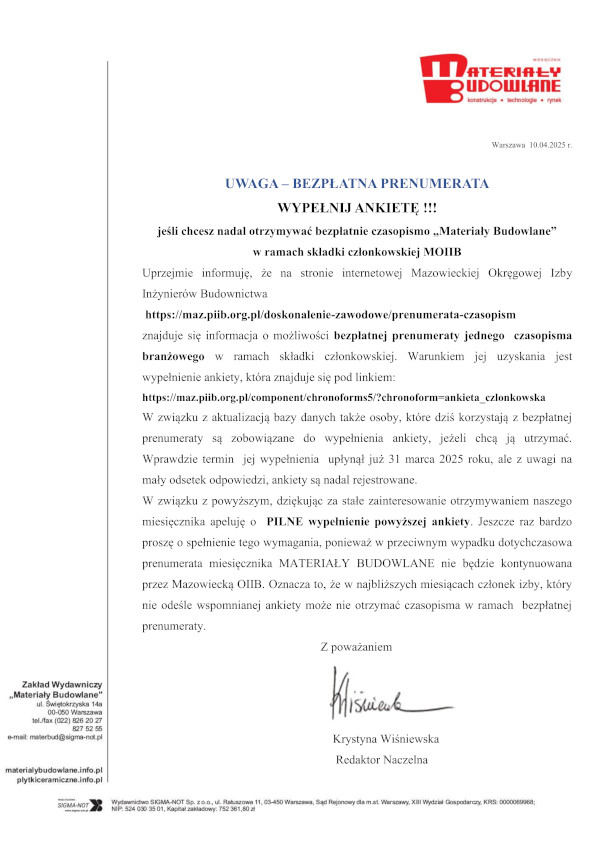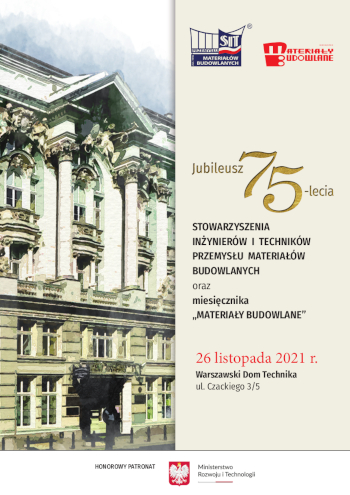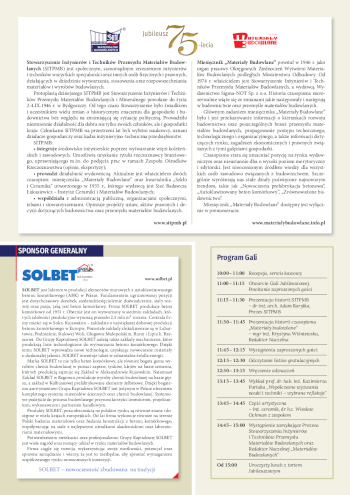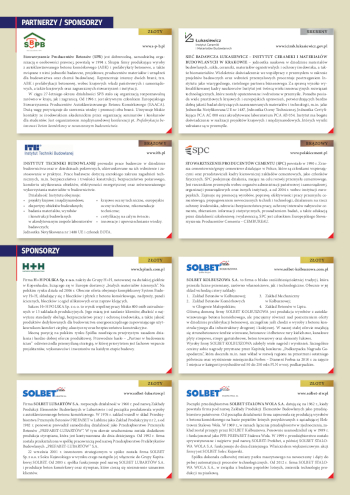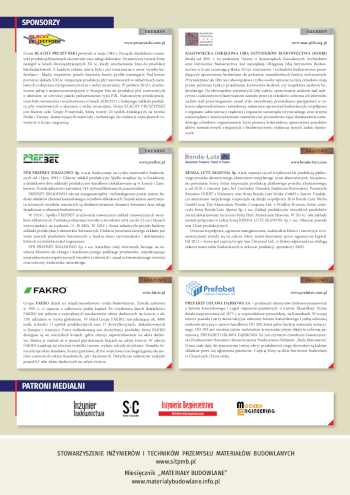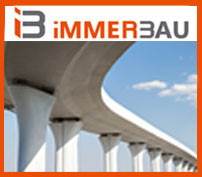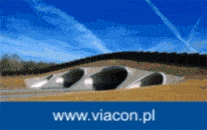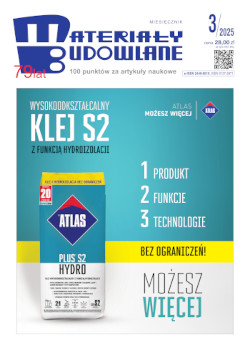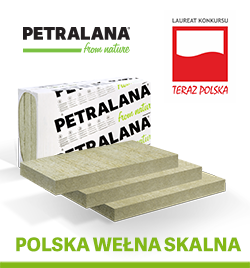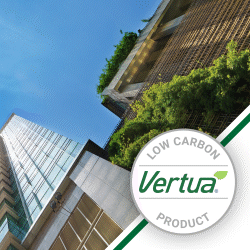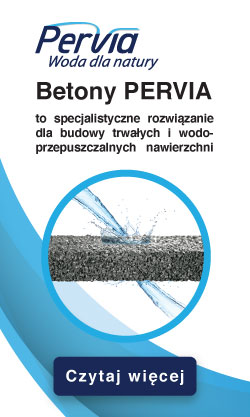dr inż. Anna Banaś, Politechnika Gdańska, Wydział Inżynierii Lądowej i Środowiska
ORCID: 0000-0003-4760-4592
mgr inż. Michał Kałużyński, CEMEX Polska Sp. z o.o.
mgr inż. Andrzej Kuryłowicz, KURYŁOWICZ PROJECT Sp. z o.o.
Adres do korespondencji: Ten adres pocztowy jest chroniony przed spamowaniem. Aby go zobaczyć, konieczne jest włączenie w przeglądarce obsługi JavaScript.
Intensywny rozwój infrastruktury transportowej, przez budowę konwencjonalnych nawierzchni drogowych, powoduje przekształcanie naturalnego przepuszczalnego gruntu w nieprzepuszczalne pokrycie terenu [1 – 4]. Nawierzchnie nieprzepuszczalne przyczyniają się do zmian w środowisku lokalnym, szczególnie miejskim, które dotyczą nie tylko aspektów hydrologicznych, ale również wpływają na zmiany termiczne [5, 6].
Literatura
[1] Cree D, Green M, Noumowe A. Residual strength of concrete containing recycled materials after exposure to fire: a review, Constr. Build. Mater. 2013; 44: 208 – 223.
[2] Yang J, Jiang G. Experimental study on properties of pervious concreto pavement materials. Cem. Concr. Res. 2002; 33: 381 – 386.
[3] Haselbach LM, Valavala S, Montes F. Permeability predictions for sandclogged Portland cement pervious concrete pavement systems. J. Environ. Manage. 2005; 81: 42 – 49.
[4] Volder A, Watson T, Viswanathan B. Potential use of pervious concrete for maintaining existing mature trees during and after urban development. Urban For. Urban Greening. 2009; 8: 249 – 256.
[5] Takebayashi H, Moriyama M. Study on surface heat budget of various pavements for urban heat islandmitigation.Adv.Mater. Sci. Eng. 2012; 42: 2971 – 2979.
[6] Weng Q, Schubring D, Lu J. Estimation of land surface temperature vegetation abundance relationship for urban heat island studies. Remote Sens. Environ. 2003; 89: 467 – 483.
[7] Łach K. Problematyka prawidłowego zaprojektowania systemu odwodnienia dróg. Drogi Publiczne. 2021; 1: 39 – 43.
[8] Kayhanian H. Li, Harvey M, J.T. Comparative field permeability measurement of permeable pavements using ASTM C1701 and NCAT permeameter methods, J. Environ.Manage. 2013; 118: 144 – 152.
[9] Reducing urban heat islands: compendiumof strategies, EPA’sheat Island reduction initiative, Environmental Protection Agency (EPA), USA, 2005.
[10] Kolokotroni M, Ren X, Davies M, Mavrigianni A. London’s urban heat island: impact on current and future energy consumption in office buildings. Energy Build. 2011; 47: 302 – 311.
[11] Majer S. Wybrane zagadnienia odwodnienia dróg i ulic. Magazyn Autostrady. 2020; 1: 44 – 51.
[12] PN-EN 206+A2:2021-08 Beton – Wymagania, właściwości, produkcja i zgodność.
[13] PN-B-06265:2022-08 Beton – Wymagania, właściwości użytkowe, produkcja i zgodność – Krajowe uzupełnienie PN-EN 206+A2:2021-08.
[14] ASTM C1701-09: Standard Test Method for Infiltration Rate of In-Place Pervious Concrete.
Materiały Budowlane 12/2024, strona 245-249 (spis treści >>)


